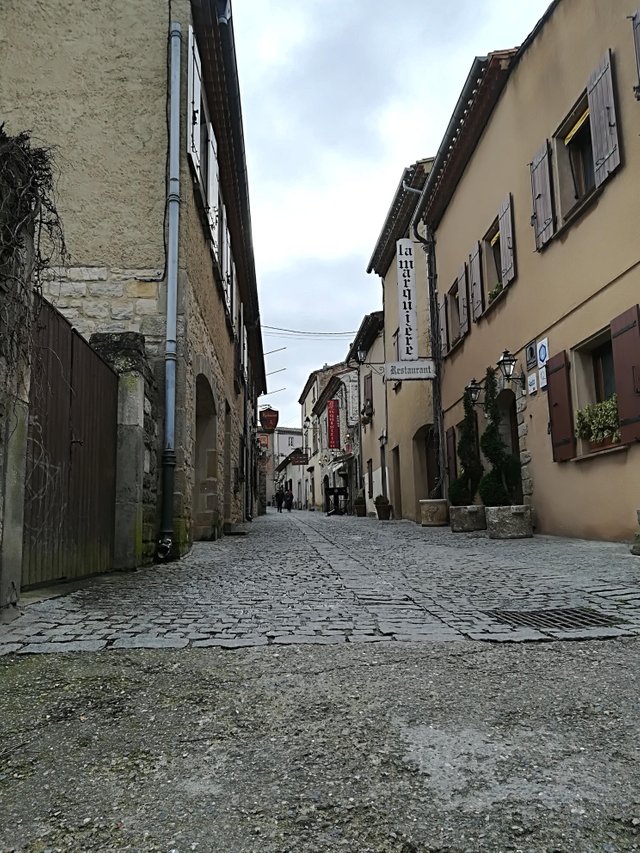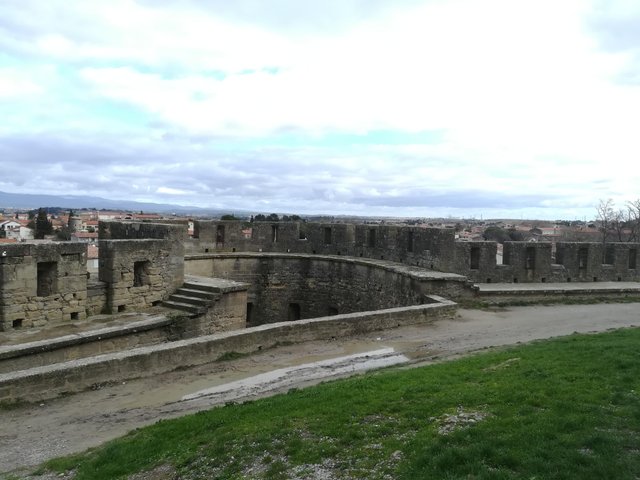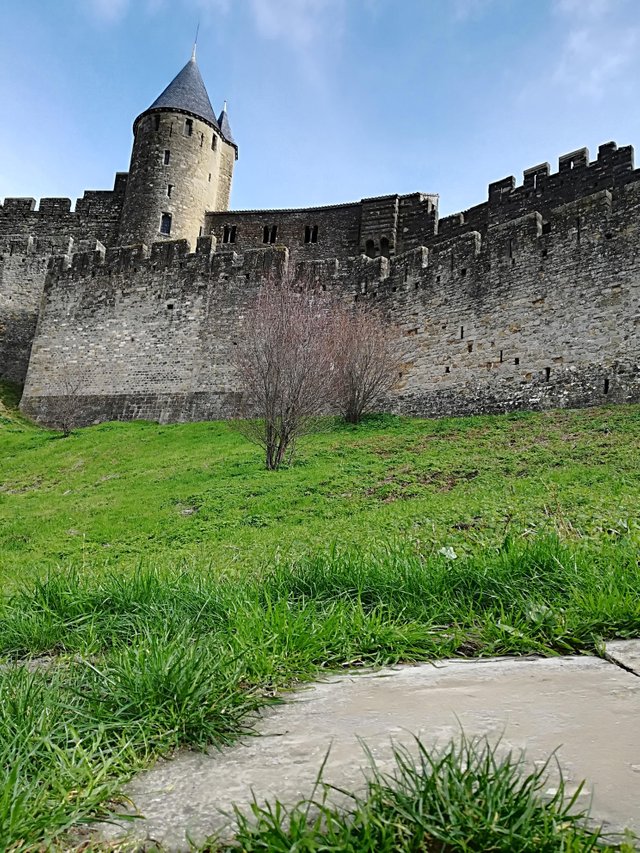Travelng: Citadel of Carcassonne (France)
Citadel of Carcassonne

Hello friends, today I want to share with you my trip to Citadel of Carcassone. It is a very historic beautiful place.


The citadel or fortified historic city of Carcassonne is a unique fortified urban and architectural ensemble that constitutes the oldest part of the population nucleus of the French commune of Carcassonne, also known in French as Cité de Carcassonne or simply La Cité and in Occitan as Ciutat de Carcassonne.



Surrounded by a double wall of 3 km in length, in its interior the aspect of the medieval European cities with narrow and tortuous streets, constructions of facades with trusses, neighborhoods of artisans and gremistas, along with own elements, like the castle of the counts of Carcassonne and the basilica of Saint-Nazaire.



Constituted in large part by elements preserved since the Middle Ages, after a period of neglect the city was restored for monumental purposes from the second half of the nineteenth century, with the intervention of Eugène Viollet-le-Duc; It was declared a World Heritage Site by the Unesco program in 1997, is classified as Grand site national, and its castle and walls as a historical monument by the French State, being one of the most visited tourist centers in France.











The fortified city is located on an elevation on the right bank of the Aude river, opposite the modern city, and shows in its different buildings and defensive architectural elements the trace between the pre-Roman period, its abandonment in the seventeenth century and its subsequent recovery, its past in which it has been successively a protohistoric enclave, a Gallo-Roman city, a Visigothic stronghold, occupied by the Muslims, capital of the County of Carcassonne, of the Viscounty of Carcassonne, to finally become the headquarters of the French Royal Army , as senescalía of Carcassonne.










Walls and towers
The outer protection of the city is ensured by two concentric walled enclosures, separated by a liza, with 52 towers, totaling 3 km of walls. On the upper part of the walls there is a ring road, protected by battlements and merlons and reinforced by scaffolding.






The inner wall, whose oldest parts are from the Gallo-Roman period, from the end of the third century, during the so-called Gallic Empire, and which served as a defense against the Visigoths in the 5th century, was used in the feudal period by the family of the Trencavel, to be later rebuilt when the city was occupied by the kings of France.












Stunning!!
Thanks for the post!
be a lot of working cutting all those lawns
Ton of nice shots. Thank you for posting pics I can place in my head alongside the game/app of the same name.